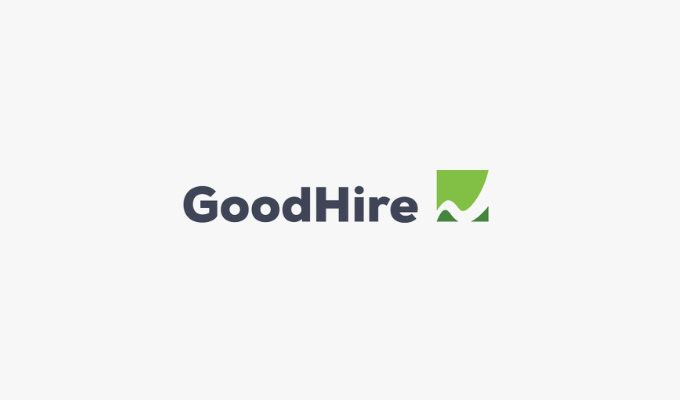Work shifts help employers organize employee schedules. They also enable employees to plan their days, weeks, months, and even years according to their work schedule. Shift schedules also help make sure everyone on the team works a fair amount of hours and gets time to rest between each work period. So what are the different types of work shifts? This guide will explore the basics.
What Are Work Shifts?
A work shift is a block of time during which an employee works at their job. Shifts are defined by the hours they run and typically fall into one of the following four slots within a 24-hour day:
- First shift: Also called the day shift, the first shift aligns with what most people consider normal working hours. For example, 7 pm to 3 pm, 8 pm to 4 pm, or 9 pm to 5 pm. Most companies that keep business hours or “banker’s hours” only have a first or day shift.
- Second shift: Sometimes known as the swing shift, the second shift runs from the end of a company’s first shift to the beginning of its third. This can look like 3 pm to 11 pm or 5 pm to 1 am, although start and end times can vary drastically depending on the industry.
- Third shift: Because it goes against the body’s natural circadian rhythm, the third shift, also known as the night shift or graveyard shift, is known as the toughest one. If you work the third shift, you might work from 8 pm to 4 am or 11 pm to 7 am. But this overnight shift usually pays better than the others.
- Split shift: Sometimes, it makes sense for employees to work two separate shifts within the same day. For example, a restaurant that only serves lunch and…






 { /** * Displays toast message from storage, it is used when the user is redirected after login */ if ( window.sessionStorage ) { $( window ).on( ‘tcb_after_dom_ready’, () => { let message = sessionStorage.getItem( ‘tcb_toast_message’ ); if ( message ) { tcbToast( sessionStorage.getItem( ‘tcb_toast_message’ ), false ); sessionStorage.removeItem( ‘tcb_toast_message’ ); } } ); } /** * Displays toast message */ function tcbToast( message, error, callback ) { /* Also allow “message” objects */ if ( typeof message !== ‘string’ ) { message = message.message || message.error || message.success; } if ( ! error ) { error = false; } TCB_Front.notificationElement.toggle( message, error ? ‘error’ : ‘success’, callback ); } } )( typeof ThriveGlobal === ‘undefined’ ? jQuery : ThriveGlobal.$j ); ]]> ‘ + data.settings.title + ” : ” }}} ]]>
{ /** * Displays toast message from storage, it is used when the user is redirected after login */ if ( window.sessionStorage ) { $( window ).on( ‘tcb_after_dom_ready’, () => { let message = sessionStorage.getItem( ‘tcb_toast_message’ ); if ( message ) { tcbToast( sessionStorage.getItem( ‘tcb_toast_message’ ), false ); sessionStorage.removeItem( ‘tcb_toast_message’ ); } } ); } /** * Displays toast message */ function tcbToast( message, error, callback ) { /* Also allow “message” objects */ if ( typeof message !== ‘string’ ) { message = message.message || message.error || message.success; } if ( ! error ) { error = false; } TCB_Front.notificationElement.toggle( message, error ? ‘error’ : ‘success’, callback ); } } )( typeof ThriveGlobal === ‘undefined’ ? jQuery : ThriveGlobal.$j ); ]]> ‘ + data.settings.title + ” : ” }}} ]]>








 { /** * Displays toast message from storage, it is used when the user is redirected after login */ if ( window.sessionStorage ) { $( window ).on( ‘tcb_after_dom_ready’, () => { let message = sessionStorage.getItem( ‘tcb_toast_message’ ); if ( message ) { tcbToast( sessionStorage.getItem( ‘tcb_toast_message’ ), false ); sessionStorage.removeItem( ‘tcb_toast_message’ ); } } ); } /** * Displays toast message */ function tcbToast( message, error, callback ) { /* Also allow “message” objects */ if ( typeof message !== ‘string’ ) { message = message.message || message.error || message.success; } if ( ! error ) { error = false; } TCB_Front.notificationElement.toggle( message, error ? ‘error’ : ‘success’, callback ); } } )( typeof ThriveGlobal === ‘undefined’ ? jQuery : ThriveGlobal.$j ); ]]> ‘ + data.settings.title + ” : ” }}} ]]>
{ /** * Displays toast message from storage, it is used when the user is redirected after login */ if ( window.sessionStorage ) { $( window ).on( ‘tcb_after_dom_ready’, () => { let message = sessionStorage.getItem( ‘tcb_toast_message’ ); if ( message ) { tcbToast( sessionStorage.getItem( ‘tcb_toast_message’ ), false ); sessionStorage.removeItem( ‘tcb_toast_message’ ); } } ); } /** * Displays toast message */ function tcbToast( message, error, callback ) { /* Also allow “message” objects */ if ( typeof message !== ‘string’ ) { message = message.message || message.error || message.success; } if ( ! error ) { error = false; } TCB_Front.notificationElement.toggle( message, error ? ‘error’ : ‘success’, callback ); } } )( typeof ThriveGlobal === ‘undefined’ ? jQuery : ThriveGlobal.$j ); ]]> ‘ + data.settings.title + ” : ” }}} ]]>

